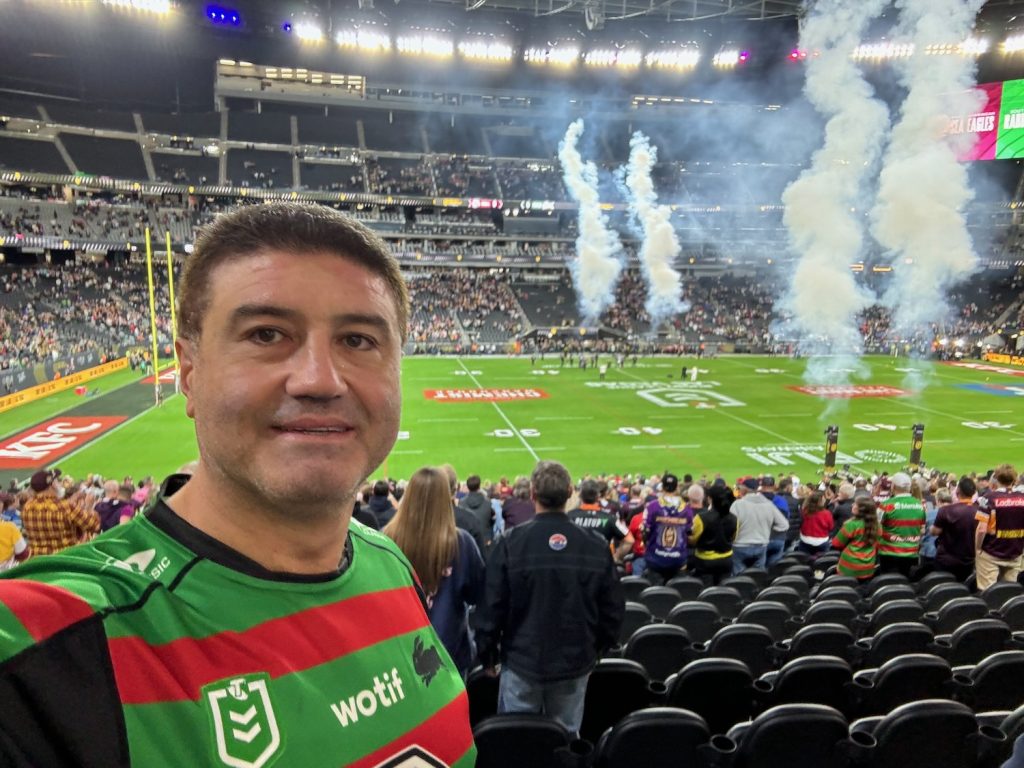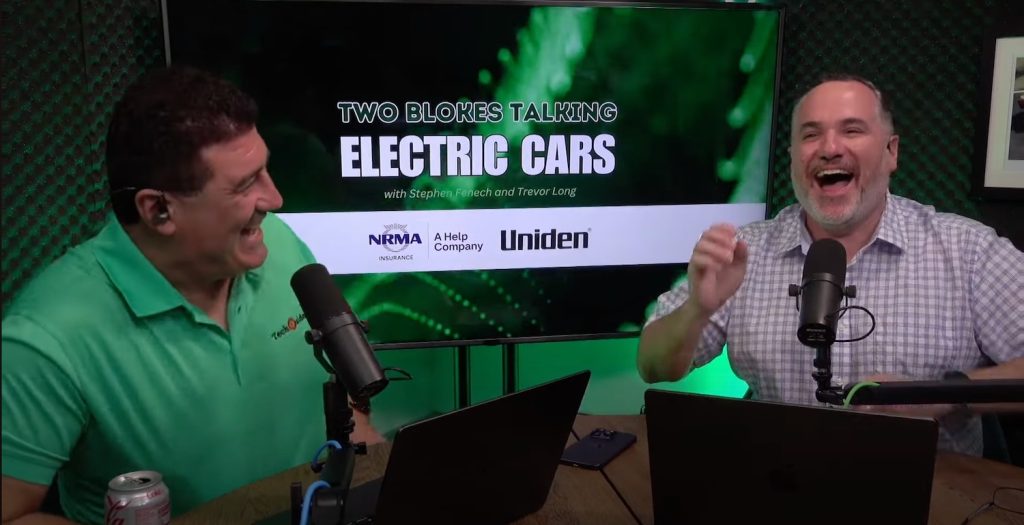When your power suddenly fails at 2 AM or sparks start flying from an outlet, every second counts. Modern GPS tracking technology has revolutionized how quickly you can connect with emergency electrical services, transforming what used to be a frantic phone book search into an instant, location-based solution.
This technological advancement is particularly crucial in sprawling metropolitan areas where response time can make the difference between a minor repair and a major disaster.
The Evolution of Emergency Electrical Service Dispatch
Traditional emergency electrical services relied on static service areas and manual dispatch systems. Customers would call a central number, explain their location, and wait while dispatchers manually assigned the job to available electricians. This process often resulted in longer wait times and inefficient routing, especially during peak emergency periods.
Today’s GPS-enabled dispatch systems have completely transformed this landscape. When you search for an emergency electrician Melbourne residents can now access real-time tracking that shows exactly where available electricians are located and how quickly they can reach your property. This technology considers traffic conditions, road closures, and optimal routing to ensure the fastest possible response.
How Modern GPS Tracking Works for Electrical Emergencies
The technology behind GPS-tracked emergency electrical services operates through sophisticated algorithms that process multiple data points simultaneously:
Real-Time Location Mapping: Every service vehicle equipped with GPS transmitters continuously broadcasts its location to a central dispatch system. This creates a live map showing all available electricians across the service area.
Proximity Calculations: When an emergency call comes in, the system instantly calculates which electrician can reach the location fastest, factoring in current traffic conditions and distance.
Dynamic Routing: The system provides turn-by-turn navigation to electricians, automatically adjusting routes based on real-time traffic data and road conditions.
Customer Tracking Interface: Many services now offer customer-facing apps where you can watch your electrician’s approach in real-time, similar to ride-sharing services.
Case Study: Suburban Response Optimization
Consider a practical example from Melbourne’s western growth corridor. When residents in areas like Rockbank experience electrical emergencies, the vast distances between properties and the rapid suburban expansion can pose significant challenges. Modern electricians Rockbank services utilize GPS technology to maintain quick response times despite these geographical challenges.
For instance, if a family in Rockbank experiences a complete power outage at 10 PM, the GPS dispatch system immediately identifies available electricians not just in Rockbank itself, but also in nearby suburbs like Melton, Caroline Springs, or Deer Park. The system calculates that while an electrician stationed in Rockbank might be 15 minutes away due to another job, a mobile unit returning from Melton could arrive in just 8 minutes via the Western Highway.
The Technology Stack Behind GPS Emergency Services
Modern emergency electrical services employ multiple integrated technologies:
Cloud-Based Dispatch Platforms: These systems store and process location data in real-time, accessible from any device with internet connectivity.
Mobile Device Integration: Electricians use smartphones or tablets with specialized apps that provide job details, navigation, and customer information.
IoT Vehicle Sensors: Beyond simple GPS location, modern service vehicles may include sensors that track vehicle health, equipment inventory, and even driver behavior.
AI-Powered Prediction Models: Advanced systems use artificial intelligence to predict emergency patterns, pre-positioning electricians in areas likely to need service based on weather conditions, time of day, and historical data.
Benefits for Customers
The implementation of GPS tracking technology delivers numerous advantages for customers experiencing electrical emergencies:
Reduced Response Times: Average response times have decreased by up to 40% in areas with fully integrated GPS dispatch systems.
Transparent Pricing: With accurate arrival times and route tracking, customers receive more precise quotes that factor in actual travel time and distance.
Enhanced Safety: Faster response times are crucial for dangerous situations involving exposed wiring, electrical fires, or power outages affecting medical equipment.
Improved Communication: Real-time tracking reduces anxiety by showing exactly when help will arrive, eliminating the uncertainty of traditional “within 2-4 hours” service windows.
The Role of Mobile Apps in Emergency Electrical Services
Dedicated mobile applications have become integral to modern emergency electrical services. These apps typically feature:
- One-touch emergency calling with automatic location detection
- Photo and video upload capabilities for initial problem assessment
- Real-time electrician tracking with estimated arrival times
- Digital payment processing and invoice delivery
- Service history and warranty tracking
Future Innovations on the Horizon
The integration of GPS technology with emergency electrical services continues to evolve. Emerging developments include:
Augmented Reality Navigation: Electricians may soon use AR glasses that overlay navigation instructions and technical information directly into their field of view.
Predictive Maintenance Alerts: IoT sensors in electrical systems could automatically summon emergency electricians before failures occur.
Autonomous Vehicle Integration: Self-driving service vehicles could further reduce response times by optimizing routes without human limitations.
Drone Assessment Technology: Initial emergency assessment via drone could help electricians arrive better prepared with the right equipment and parts.
Choosing a GPS-Enabled Emergency Electrical Service
When selecting an emergency electrical service, consider these technology-related factors:
- App Availability: Does the service offer a user-friendly mobile app with tracking capabilities?
- Response Time Guarantees: Services with GPS tracking often provide more accurate arrival estimates.
- Coverage Area Accuracy: Ensure the service accurately covers your suburb with sufficient electrician density.
- Technology Integration: Look for services that integrate multiple technologies for comprehensive emergency response.
- Customer Reviews: Check whether previous customers mention quick response times and accurate arrival estimates.
Conclusion
GPS tracking technology has fundamentally transformed emergency electrical services, turning what was once a stressful waiting game into a transparent, efficient process. Whether you’re in Melbourne’s CBD or growing suburbs, this technology ensures that qualified help is just minutes away when electrical emergencies strike. As these systems continue to evolve with artificial intelligence, IoT integration, and predictive analytics, response times will only improve, making electrical emergencies less dangerous and disruptive for property owners.
The marriage of traditional electrical expertise with cutting-edge tracking technology represents the future of emergency home services – a future where help arrives faster, problems are solved more efficiently, and customers remain informed throughout the entire process.






